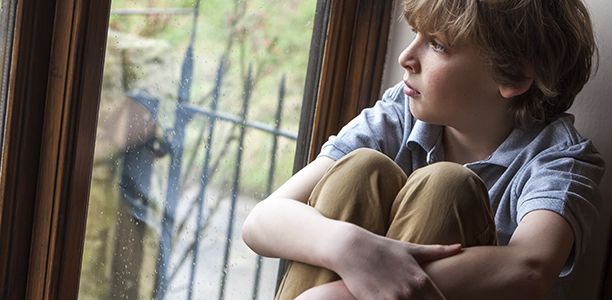Adults in institutions have continually failed children and young people. The Royal Commission into Institutional Responses to Child Sexual Abuse is charged with understanding these historical failures.
It has become clear throughout the hearings that those who experienced child sexual abuse in institutions were ignored and disbelieved by the adults and institutions they trusted. These institutions did not take appropriate actions to assist children and young people.
In addition to hearing about these experiences, the royal commission is focused on the future. It will provide recommendations to prevent child sexual abuse.
To inform its recommendations, the commission is committed to hearing directly from children and young people. It commissioned a national mixed-methods study that aims to develop a better understanding of what children and young people think about safety in institutions.
They experience safely differently
The royal commission recently released the first research report from this study. This reports on findings from focus groups with 121 Australian children and young people aged 4–18 on their views and perceptions of safety in institutions.
Children and young people provided valuable information for institutions on what makes them feel safe and unsafe in institutions, the characteristics of safe institutions, and how institutions could respond effectively to their needs and concerns.
They also discussed why it is important that institutions hear directly from children and young people about their safety needs and wishes. They said they want to be involved in identifying and dealing with safety issues, and believe that in partnership with adults and institutions, issues such as child sexual abuse can be better dealt with. One said:
Adults think they know what kids need to be safe, but I don’t think that they do. They base it on what they remember from when they were kids and the world is different now. So they need to talk to kids and find out what it means to them.
Another said:
The world is unsafe for most kids, well that’s how they feel anyway. So if you’re going to make it safe you’ve got to make them feel OK… You have to ask them what worries them and fix that.
We found that children and young people understand and experience safety in different ways to adults. Children and young people who participated in the study stressed that although being safe and feeling safe were interlinked, they needed to be understood differently; adults and institutions needed to have an appreciation for children’s perceived safety needs.
Taking them seriously
Children and young people, who placed value on their feelings and “gut reactions” when encountering new people and places, felt that adults often devalued their feelings of being safe and unsafe and did not take them seriously. Without an understanding of children and young people’s self-expressed needs, they felt that responses failed to respond adequately to their concerns.
Every school should do what we just did … Talk about what risks there are and if it’s a big risk and what’s been done and what we think should be done. How else can they find out what young adults think and how can we hear what’s been done?
Children and young people emphasised that adults and institutions should allow them to raise their concerns and inform them about what risks exist and what is being done to protect them. By not listening to or informing children, the participants felt that adults enabled children to be in vulnerable positions – and, ultimately, to be and to feel unsafe.
Lots of adults don’t care enough about kids and this stuff is going to keep happening. Until they see us as having good ideas and believe us [when things go wrong] nothing will change.
Children and young people felt that participation was a central feature of child-friendly responses to institutional abuse, and that their sense of safety and faith in responses to their concerns would be increased if they had input into developing preventative strategies, as well as some control in determining how adults and institutions could respond when issues arose.
Of course we want to talk about this stuff. It’s important!
The children and young people who participated in focus groups provided important messages to the royal commission and to the adults and institutions responsible for keeping them safe. The findings also informed the development of a national online survey of children and young people aged 10–18, which is available until the end of September.
Only when adults and institutions hear from children and young people directly, take their views and ideas seriously and act on what they say will institutions become safer places. Then, there will be no need for future royal commissions.
This article was co-authored by Erin Barry, communications co-ordinator at the Institute for Child Protection Studies.
(Source: The Conversation)











